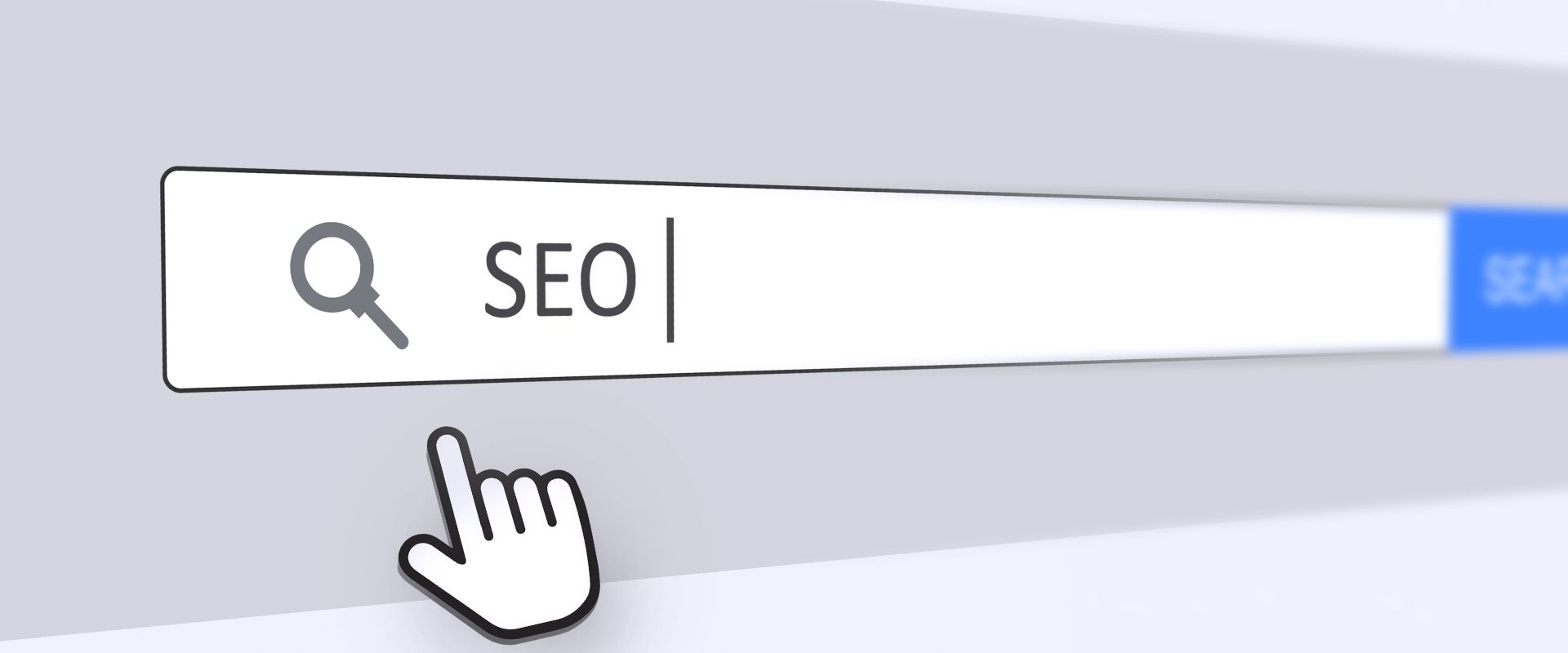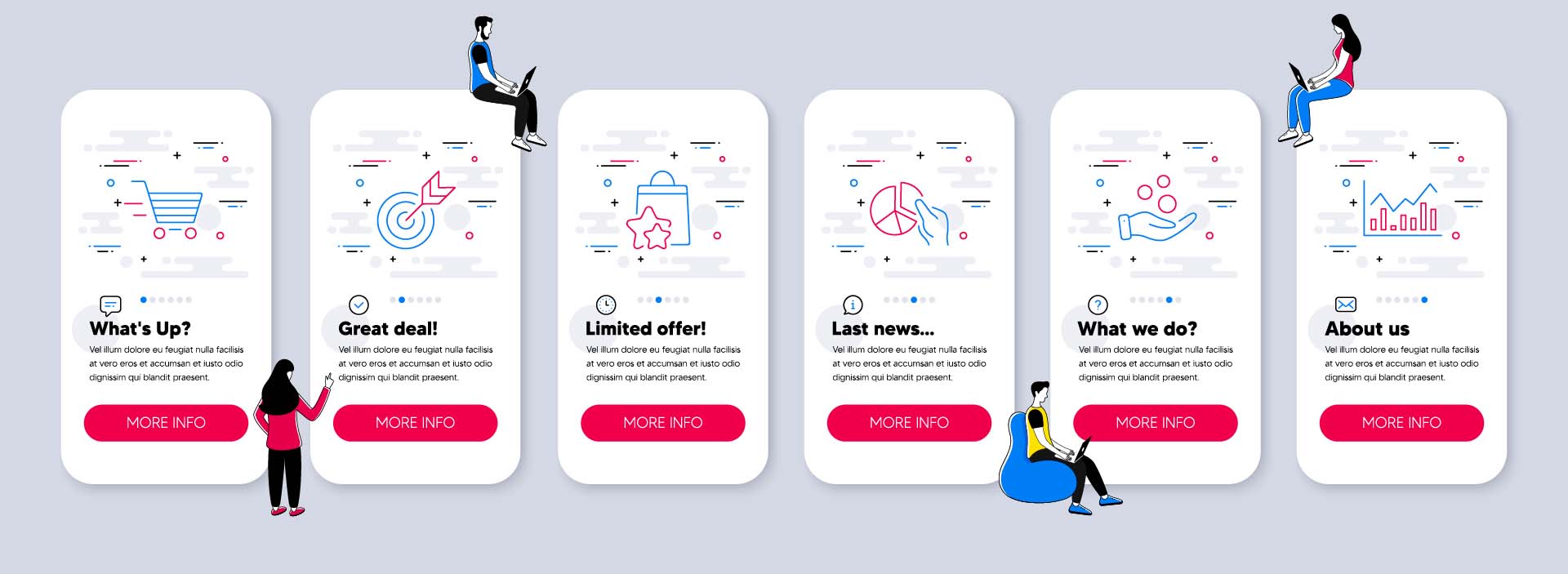Pay per click advertising (or simply PPC) is an online marketing term that refers to online advertising schemes, like Google AdWords or Facebook Ads. PPC tools only charge you if your ad is clicked, and visitors are redirected to your website.
The beauty of a pay per click campaign lies in its simplicity and cost effectiveness. In this guide we will walk you through the ins and outs of a Pay Per Click campaign.
Here are the key steps you should take to launch a successful PPC campaign.
- Planning and Research
- Budget
- Keywords
- Campaign and Bidding Strategy
- Formulate Your Campaign
- Enticing Ad Copy
- Landing Page
- Call to Action
- Analysing Performance and KPIs
- Adapt and Improve
Planning and Research
Before launching your PPC campaign, you need to put in the prep work. We all know the old adage; fail to prepare, prepare to fail. Well it’s no different with a PPC campaign.
If your strategy is based on data, analytics and research then you are setting yourself up for success.
If you are new to website analytics check out our article on Google Analytics for Beginners which covers all the basics you will need to jump into the world of website data.
To start off on the right foot you should:
- Establish your budget.
- Research which keywords your consumers are searching with.
- Research which keywords your competition are bidding on.
- Calculate how much these keywords will cost you.
- Build your bidding strategy around that information.
Let’s look at how you can do that.
Budget
When creating a PPC campaign you bid on terms relevant to your business. Your ads are only shown if a user searches for those terms. These search terms are often referred to as key phrases or keywords. So you say: “I’m willing to pay X amount of money per click/impression/conversion that I gain from this keyword.”
That’s your bid. The more money you bid for a keyword, the more your ad will appear in searches and the higher your Cost Per Click (CPC) will be. For popular keywords, there will be more competition, which drives up costs of ad space, so you can end up spending a lot of money for not a lot of clicks.
This is why it’s so important to constantly monitor your PPC campaign and have a clear budget and strategy laid out.
- How many clicks is your ad getting?
- Has the search volume for your keyword changed?
- How much have you spent so far?
- How much do you want spend going forward?
You always want to know how much you plan to spend and make sure your campaign stays within that.
When you have decided your budget and researched the keywords you want to target, then you can put together a strategy on the best way to spend your money.
Keywords
A truly successful PPC campaign will be driven by accurate Keyword Research. This is how you make sure that your target audience will see your ads.
With a PPC model you want to make sure that the people clicking on your ads are potential customers, or else you’ll feel a dent in your ROI!
You can attract targeted visitors by doing thorough keyword research. Here are some of the tools you can use to find the keywords your business should target:
- Brainstorm possible keywords
- Use a keyword tools such as Google’s Keyword Planner, Semrush, Moz and Ahrefs
- Analyse consumer behaviour with Google Trends, Google Search Console (‘Performance Report’ will give you an idea of the keywords your visitors are using) and Google Search (Autocomplete and the ‘People also Searched’ section can offer insights into what your audience are searching for.)
Once you have done your Keyword Research, you want to use this info to create a great PPC campaign! There are a few different perspectives you should look at when choosing keywords for your campaign.
Search Volume
A keyword with a high search volume means a lot of people are searching for those terms, and so your ad has more opportunity for clicks. On the other hand, low search volume keywords won’t be as in demand with your competition which will help your ad stand out! It’s all about strategy.
Competition
Successful online business owners never make the mistake of not analyzing the competition. What keywords are your competition targeting and is their strategy working for them? Have they overlooked a niche in the market that you can leverage?
Short Tail and Long Tail Keywords
- Short Tail = One or two words (Running Shoes)
- Long Tail = A phrase or sentence (Womens Black Nike Running Shoes for Marathon)
Short Tail keywords generally have high search volume but can be more expensive as they have more businesses competing for them (and are often dominated by big brands). Long Tail phrases often have less search volume but clicks can result in higher purchase intent and are great for targeting Voice Search results!
Negative Keywords
Negative Keywords are the search terms that you don’t want your ad to appear for. This is highly beneficial in making sure your ad is shown to the right people and your budget is maximised with clicks only from potential customers.
You want your ads to be seen by people searching for your Keywords. Unfortunately, so do your competitors. The quality of your campaign and your bidding strategy will determine the visibility of your ads.
Bidding and Campaign Strategy
You know how much you want to spend. You know the keywords you want to put your money on. Know you need to determine how you’re going to use that money.
You should evaluate the following factors based on what best suits your goals.
- Your goal. Do you want to increase sales and conversions? Do you want to grow your online presence?
- What type of ad you will use. E.g Google Shopping Ads are very different to Google Search Ads.
- What pay per click network you should use. Do you want to target certain demographics, expand your reach, drive growth quickly? Google, Facebook, Bing, Yahoo… each network has it’s benefits.
- The network costs. Some charge more per click than others.
- Your bidding strategy. With a good strategy in place you can be more effective with your budget and maximise the results you see. You can focus your strategy on clicks, on conversions, on impressions, automate it or manage it manually.
Side note: Even though it can be cost effective to launch the same pay per click campaign from one search engine to another, it is crucial to know that a brand new PPC campaign should be designed in order to perfectly match that search engine’s requirements.
Formulating Your Campaign
Now you’ve done the research, you have a strategy… it’s time to put it all together and design a campaign that will capture your audience’s attention.
As internet surfers, we are constantly bombarded with visuals competing for our attention, in fact we’ve become so accustomed to this onsloaght of information that a new phenomena has developed.
Banner Blindness
People can now tune out what they don’t want to see in favour of the website content they’re looking for. Without even thinking about it, they filter out pop-ups and ads.
Wooooo – advertising just got harder!
What we can take from this is the importance of a high quality ad that will capitalise on the people who engage with it.
So let’s look at how we can build a high converting ad.
Enticing Ad Copy
Draw in your audience with enticing Ad Copy. You want it to jump out at your customers, providing the information they want to see and driving them to take action.
Enticing ad copy will reflect your brand and your customer’s interests at the same time.
Landing Page
Optimize your landing page. When someone clicks on your ad they will arrive at your landing page.
You know they are potential customers (they clicked on your ad!!), so make their decision easy with a high quality, effective landing page.
A bad experience on your website can lead them straight into the arms of your competition. So keep these four things in mind for low bounce rates:
- Fast page loading times
- Targeted content
- User friendly navigation
- Multiple calls to action
Call to Action
The purpose of your ad is to drive a conversion. That may be to visit your website, to make a purchase, to sign up for a newsletter etc.
Make sure your audience follow through by literally, yes you guessed it, calling them to action. This may be with a button or a link or a pop-up.
Common Call To Actions (CTAs) include:
- Sign up for our newsletter
- Buy now
- Download PDF
- Follow us on Instagram
To optimise your conversion rate have strong CTAs on your ad and landing page.
You want to make it as easy as possible for your visitors to take the next step. They should never wonder, “What should I do next? or “Where do I sign up?”
Analysing Performance and Metrics
So! You have successfully created and launched your campaign. Now comes the reeeeaaally important part.
Monitoring and Managing your Campaign!
If you don’t monitor and manage your campaign effectively you can quickly lose control of how much you are spending on PPC ads, or miss a drop in clicks as bids on your keywords change.
For many online business owners, the thought of going into their Google Ads account and making some changes is quite intimidating. But that is exactly how you drive success.
Here are the KPIs and performance measures you should be looking out for:
(WARNING: Acronyms EVERYWHERE!!!)
- ROI – Make sure you can measure the return on investment you generate.
- Quality Score – A better score means you provide a high quality ad, this leads to lower prices and better ad positions.
- CPC – Monitoring and adapting your Cost Per Click is key to an optimised budget.
- CPM – Cost Per Impression. The number of times your ad is shown to someone.
- CVR – Conversion Rate. How many clicks do you convert to sales? Optimise your website and landing page and see how your conversion rate is affected.
- CPA – Cost Per Acquisition. How much does each conversion cost?
- CTR – Click Through Rate. The number of clicks divided by the number impressions, i.e out of all the people who saw your ad, how many clicked on it?
- Response Rates – How frequently internet users respond to your website’s offers.
- A/B Testing – run two similar ads and see which one performs better.
The work of a profitable pay per click campaign is never done.
Adapt and Improve
The data you collect from monitoring your campaign should be used to continuously update your ads, key phrases and your landing page. There is a pretty good chance that some aspects of your campaign worked very well, while others… not so much.
The stages lain out in this guide will often overlap and should be ongoing for as long as you continue to use a PPC model. Your PPC campaign may require you to perform these stages in a different order or to backtrack to a stage you have already performed.
Your job is to look through the results of your campaign and find out where it succeeded and where it failed.
Then you do it all again – except better and with more data.




















